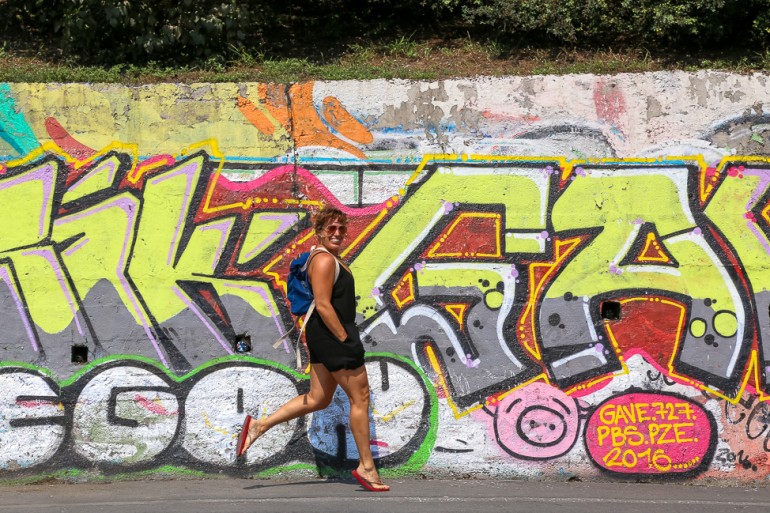Sponsored Listings:
If I’m being frank, I was most excited to visit Serbia on our recent river cruise through Europe. First off, I’d never been there; secondly, it’s a country I knew very little about; and third, I had a friend there, a former student from my Semester at Sea days, who would prove invaluable to our education about the region.
Novi Sad was our introduction to Serbia. It’s where our cruise director was also from and a town I’d never even heard of prior to a couple days before our arrival, despite it being the second largest city of the former Yugoslavia.

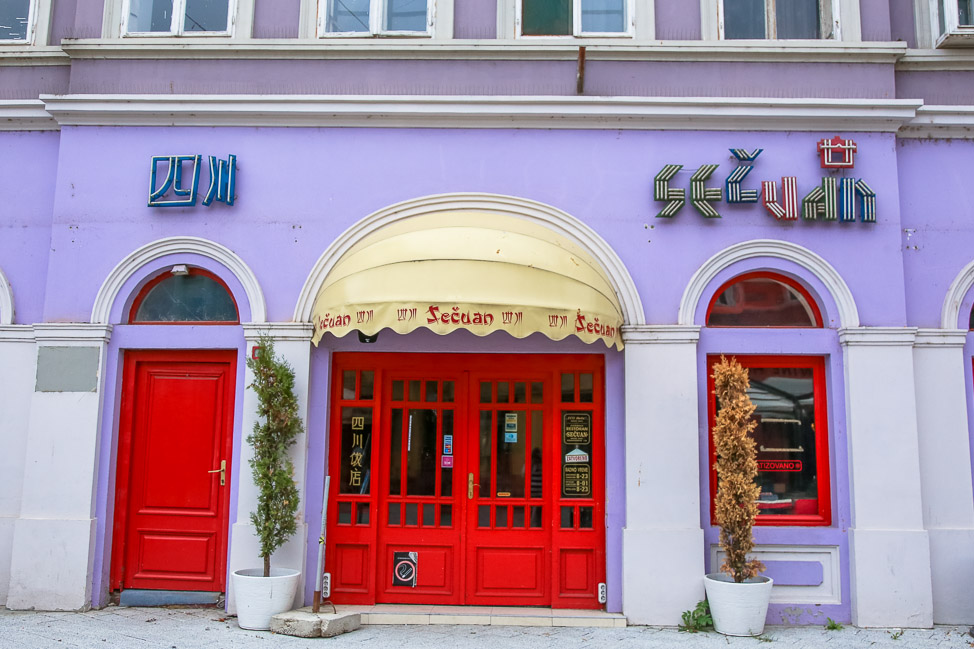

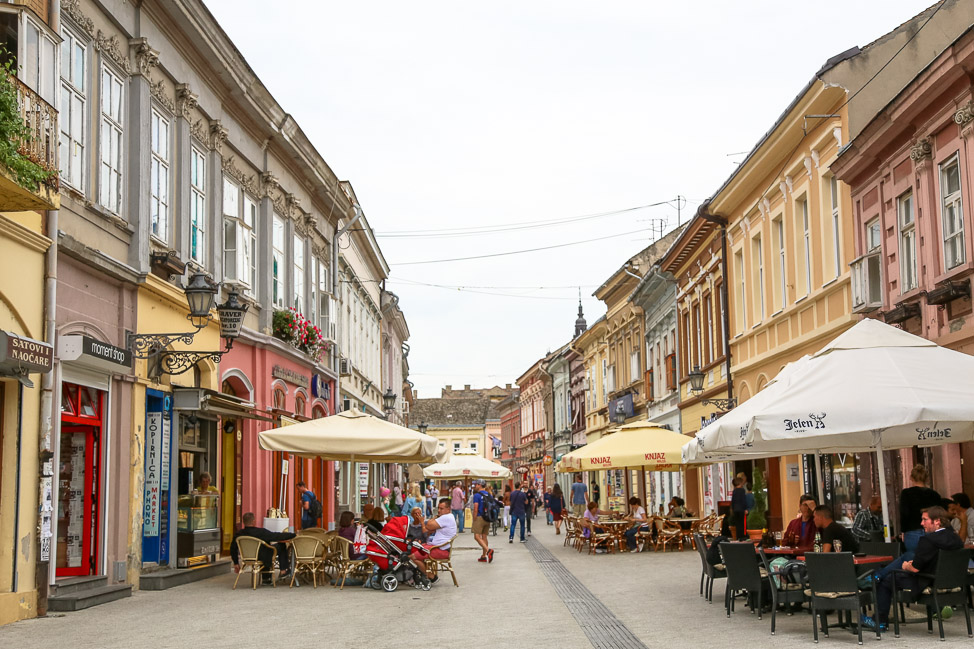
After we got off the ship, we meandered the town’s center where Natasa was waiting to scoop us up and give us a tour of her home.

The center itself was very similar to many other European cities comparable in size: lively, colorful, clean, full of things to eat and see, punctuated by a church in its epicenter.
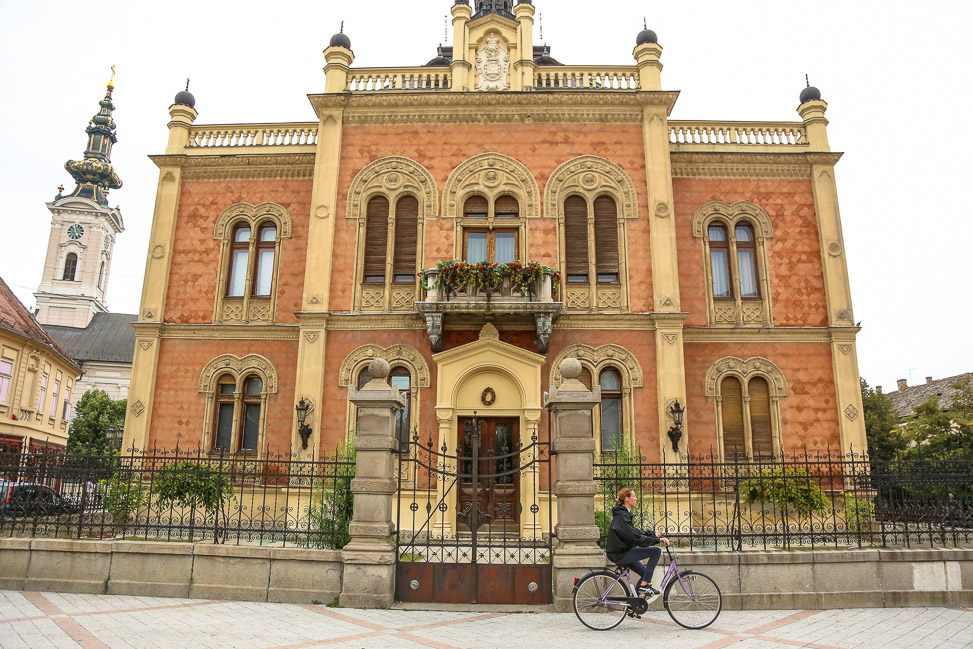
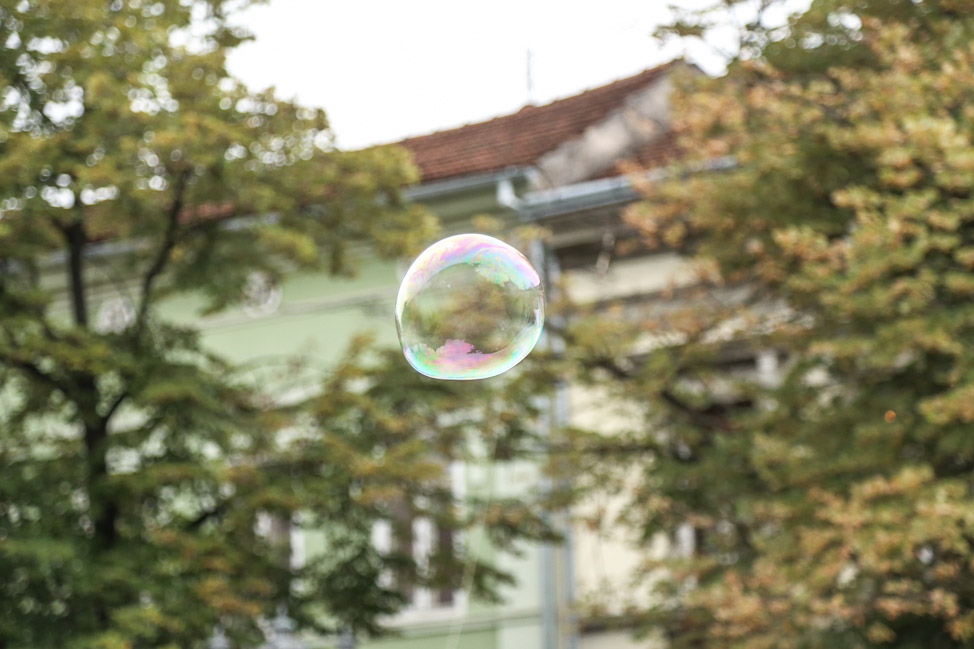
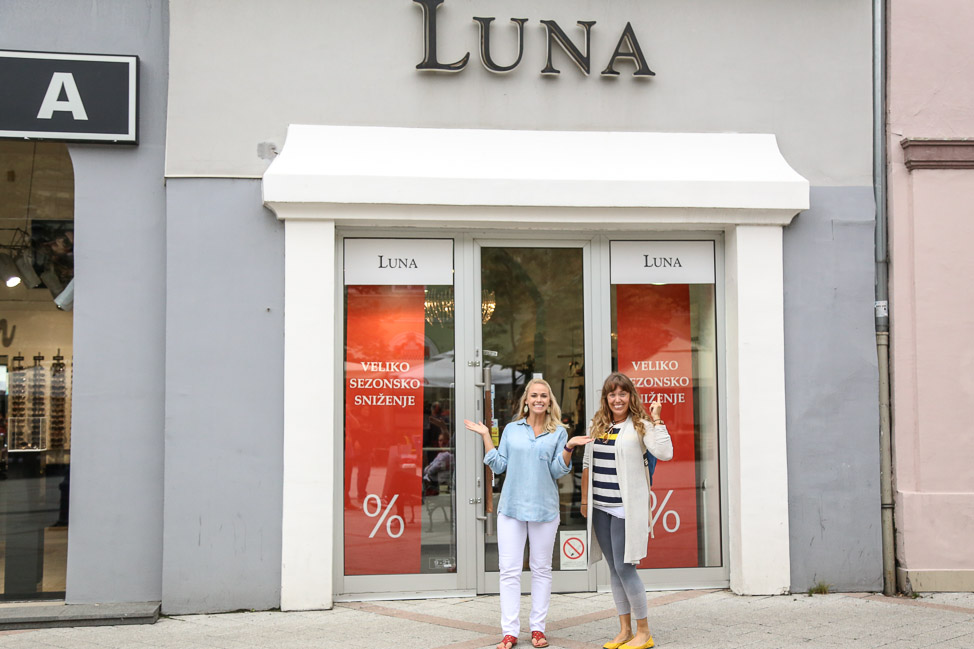
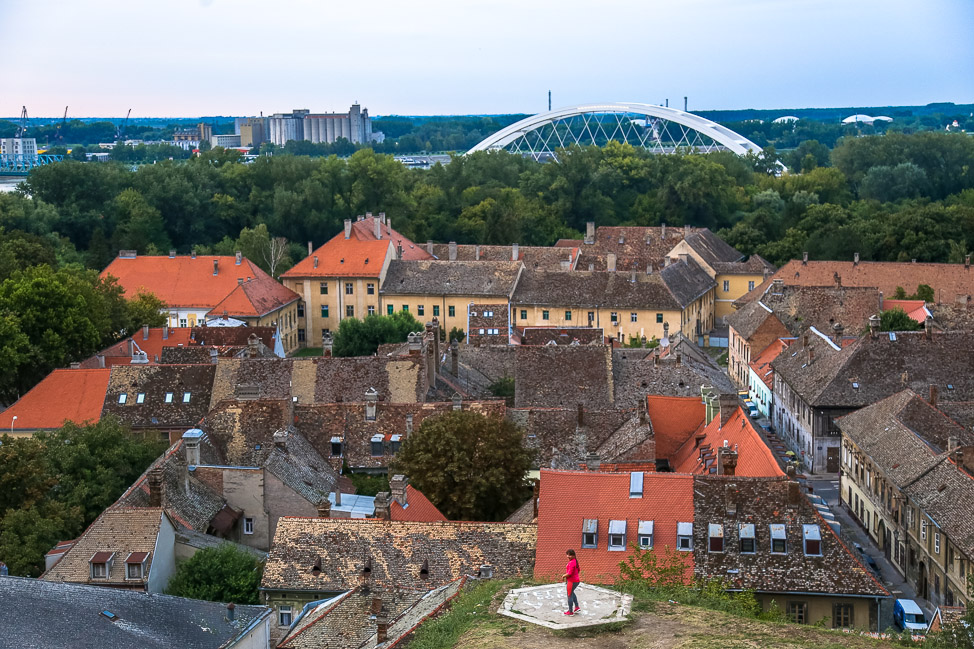
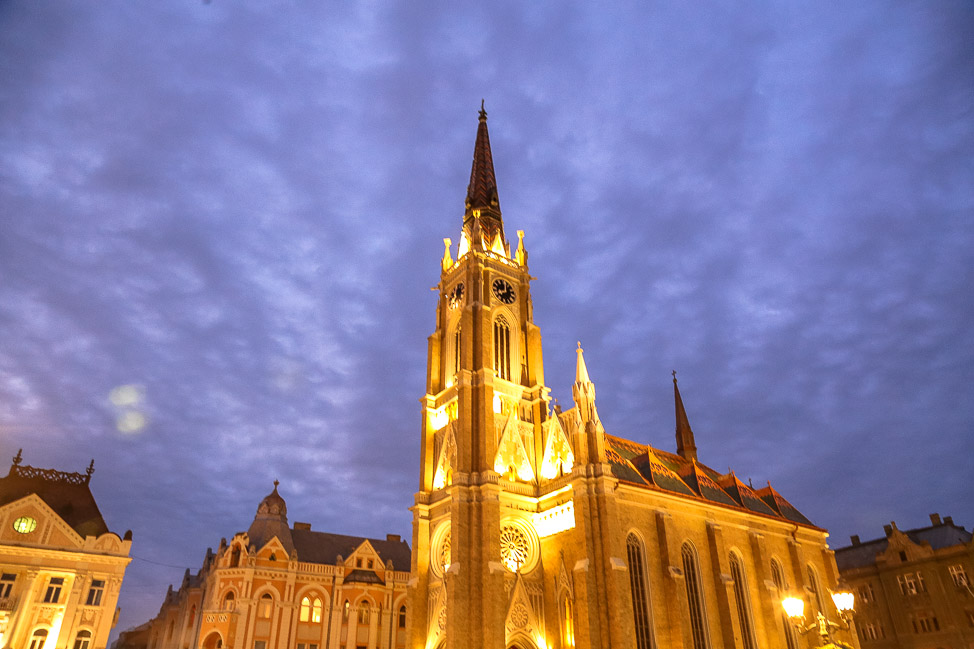
As Natasa walked us over to the bridge en route to the fort, however, the landscape changed dramatically.
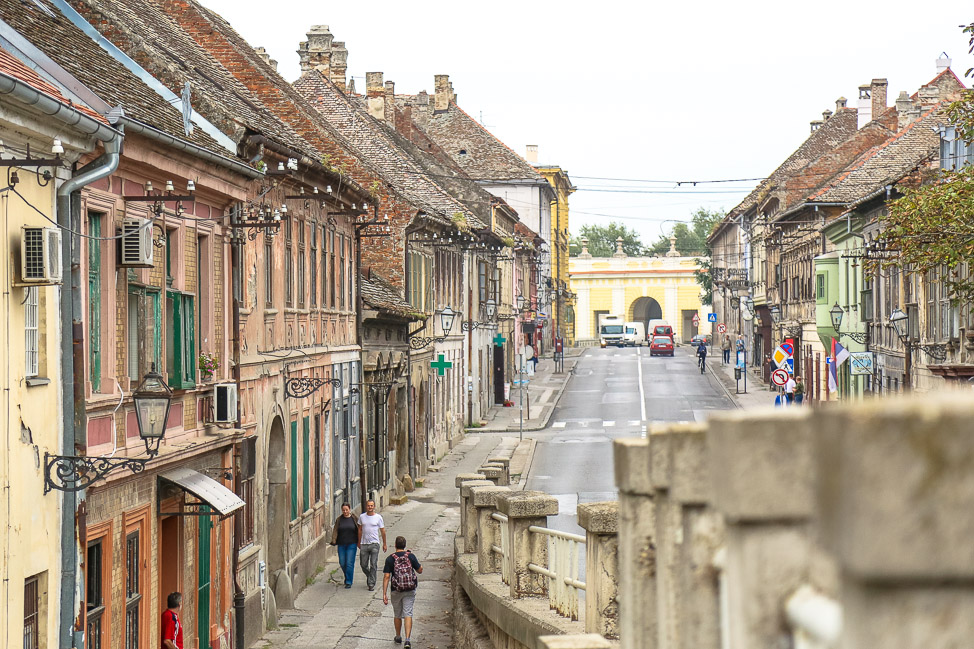
As decay clouded our immediate foreground, she explained to us how NATO bombed Novi Sad during the Civil War as means to stop the ethnic cleansing, completely demolishing the trio of bridges that link the two sides of the city in the process.
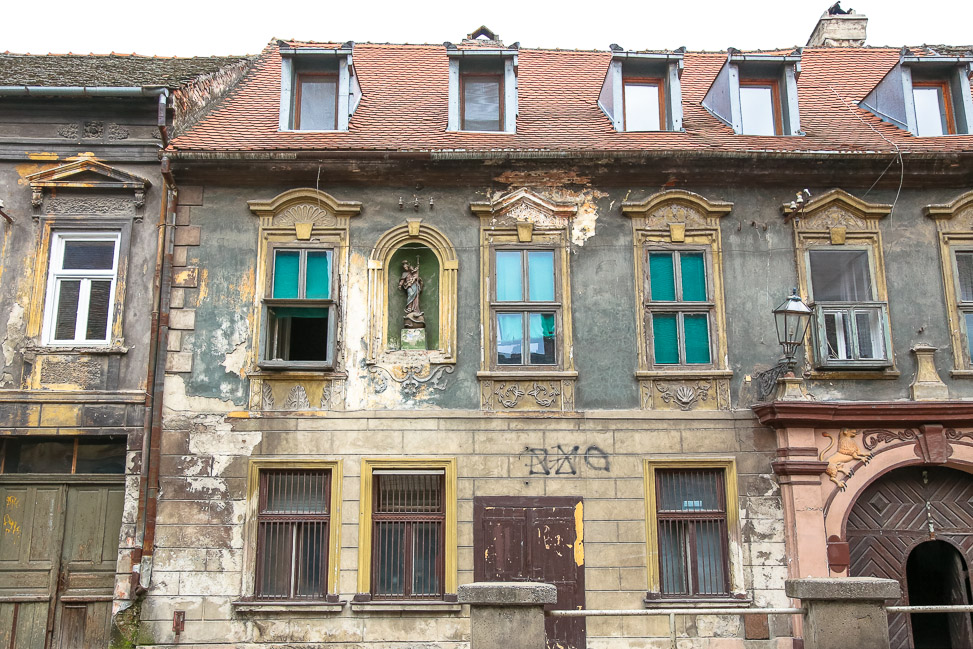
For nearly three months, missiles rained down on Novi Sad. She told us how those living on the western banks would ride the barge across to the center to go to work, alongside passengers who were heading to the hospital to seek medical treatment from the bombings. Much of the city was left without water and electricity, and widespread ecological damage and pollution ensued.
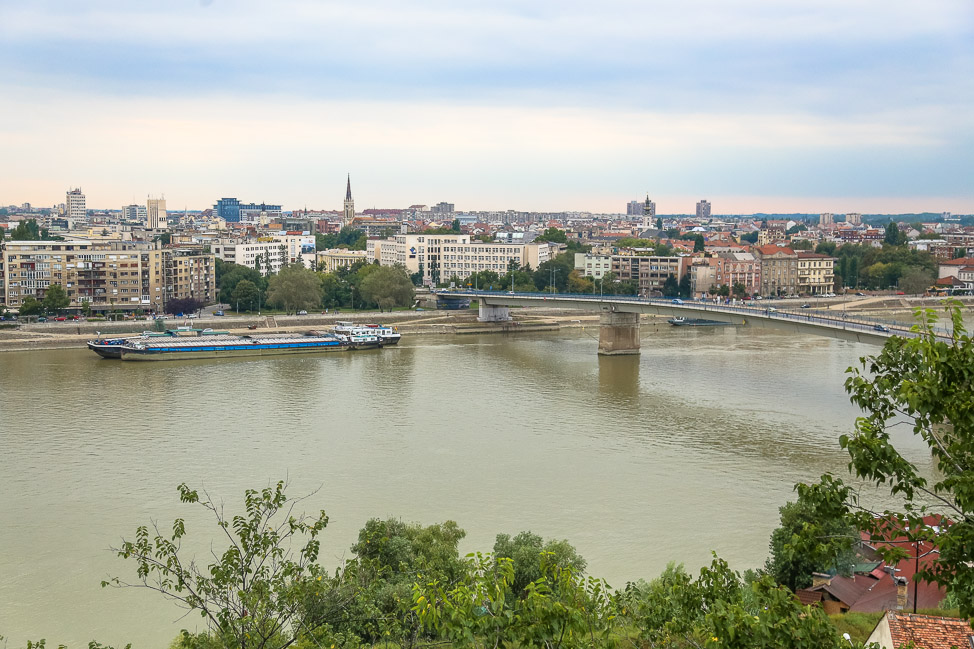
As she gave us an oral history of her three decades alive and how Serbia has changed, Natasa walked us up to to the top of Petrovaradin Fortress, with Novi Sad spread out before us.

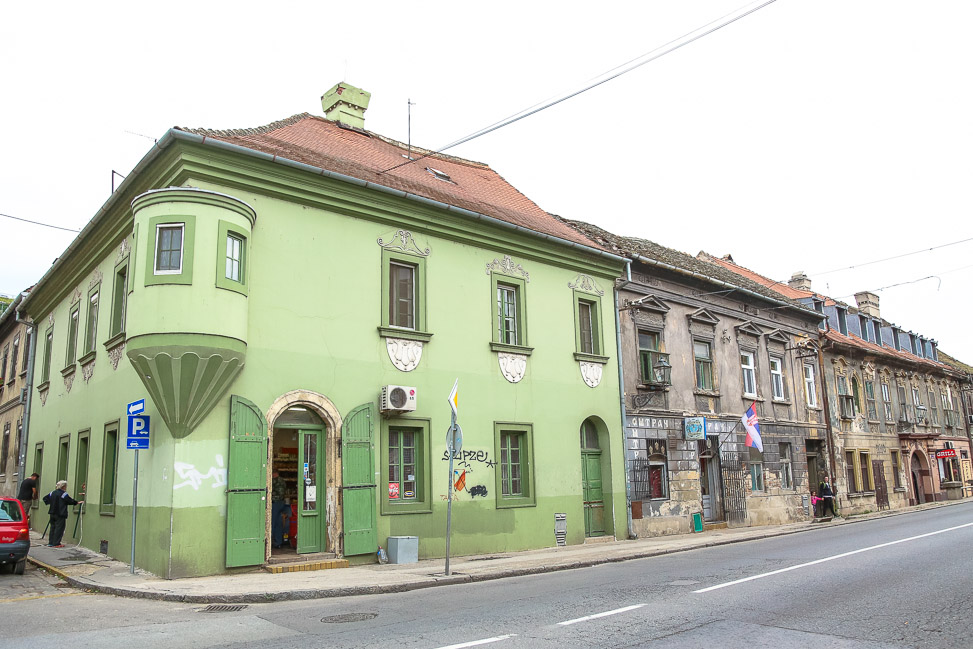

We had a couple of beers and learned more about present day Novi Sad—she kept saying what a “small town” it was, which struck me as funny given that the population tops 250,000—before we sauntered back down again, back into the center for dinner at a charming sidewalk cafe tucked away in a side alley that we would have never found on our own.
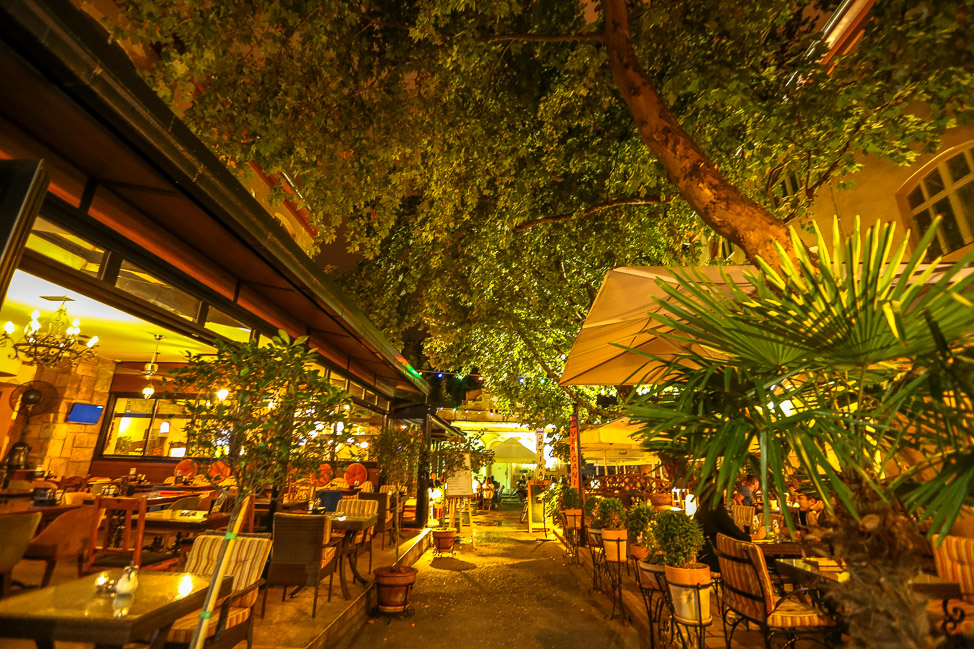
After dinner, we retreated to our ship for the night, fully enchanted by Novi Sad and ready to see how Belgrade would compare.
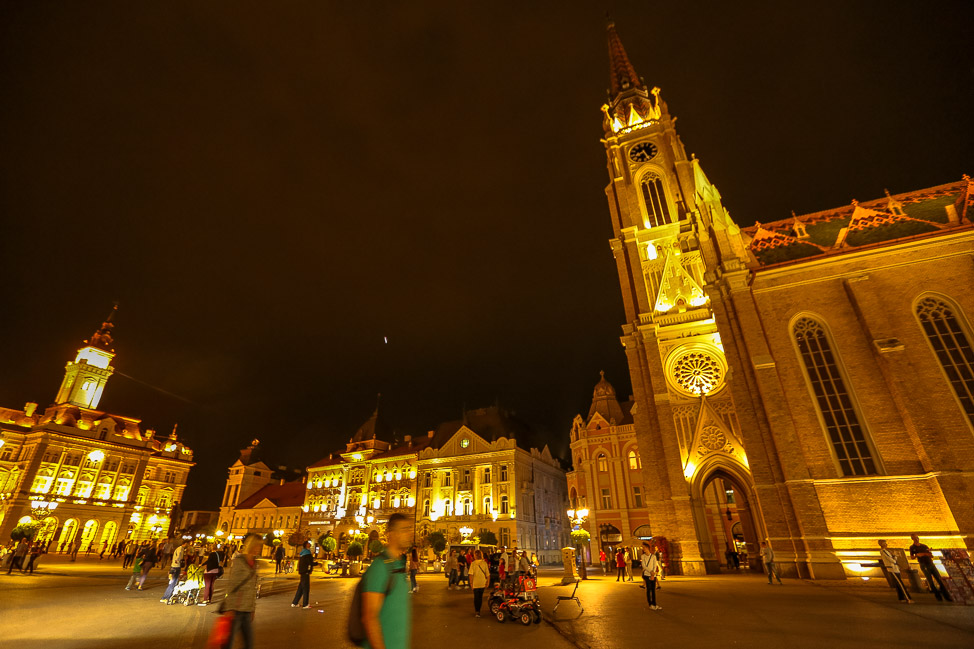
We awoke the following morning to a beating sun and a view of the capital from the cabin of our AmaWaterways cruise ship. What I love about river cruising is how you’re deposited right in the heart of a city versus ocean cruises where you often dock in ports far (sometimes, hours even) from the closest major town.

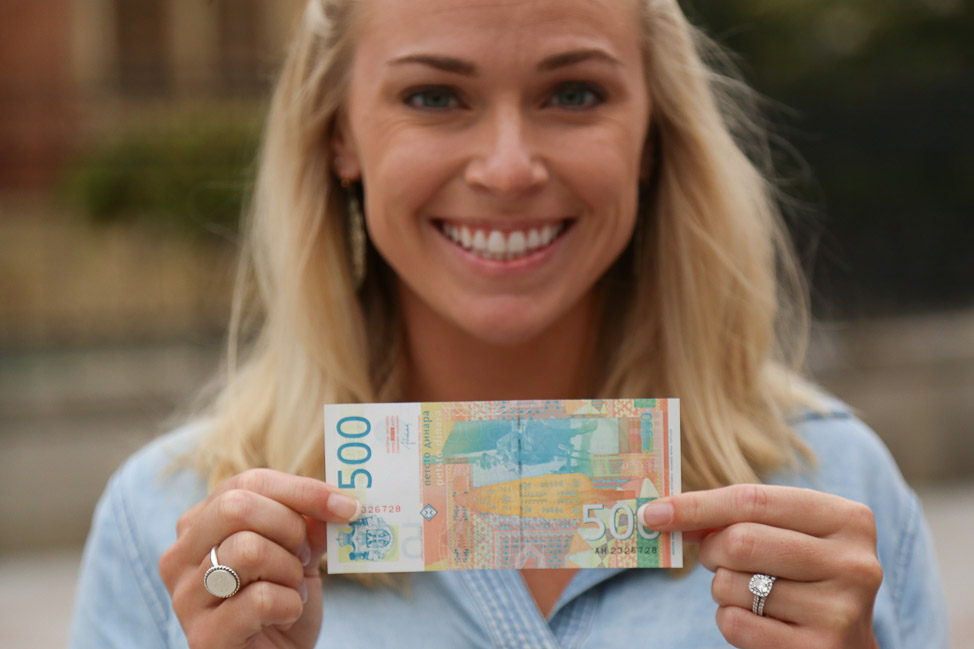
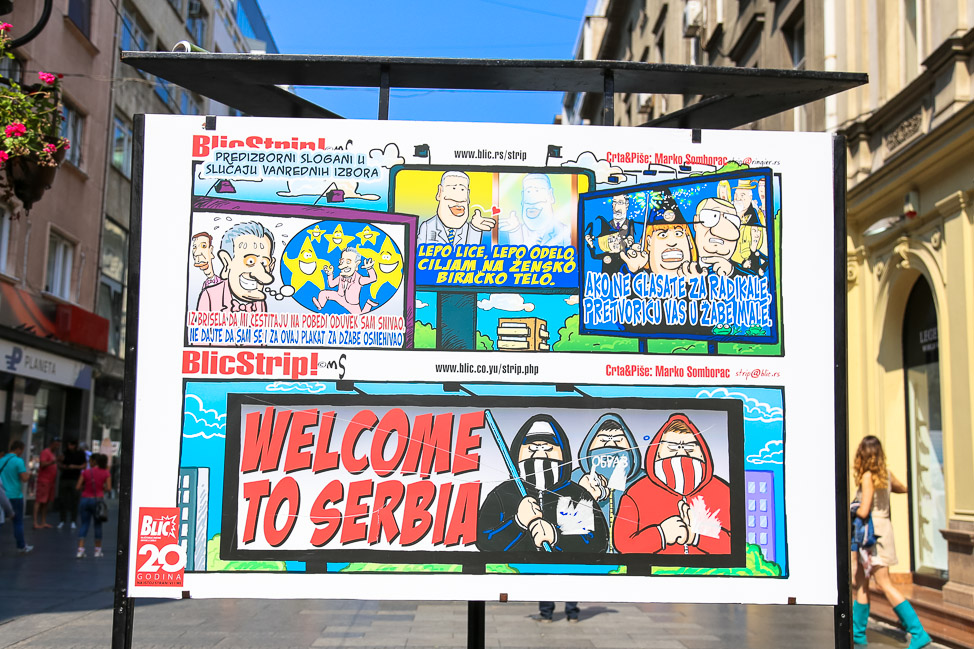
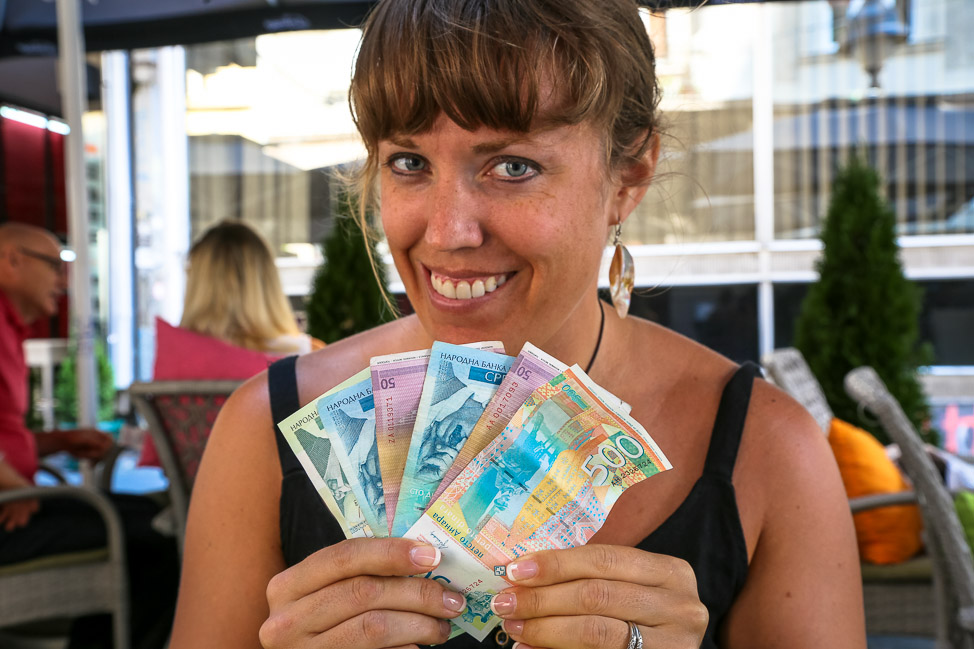
We were not 10 minutes from Belgrade’s own fort, so our first stop was climbing to its peak for an aerial view of its sprawl.
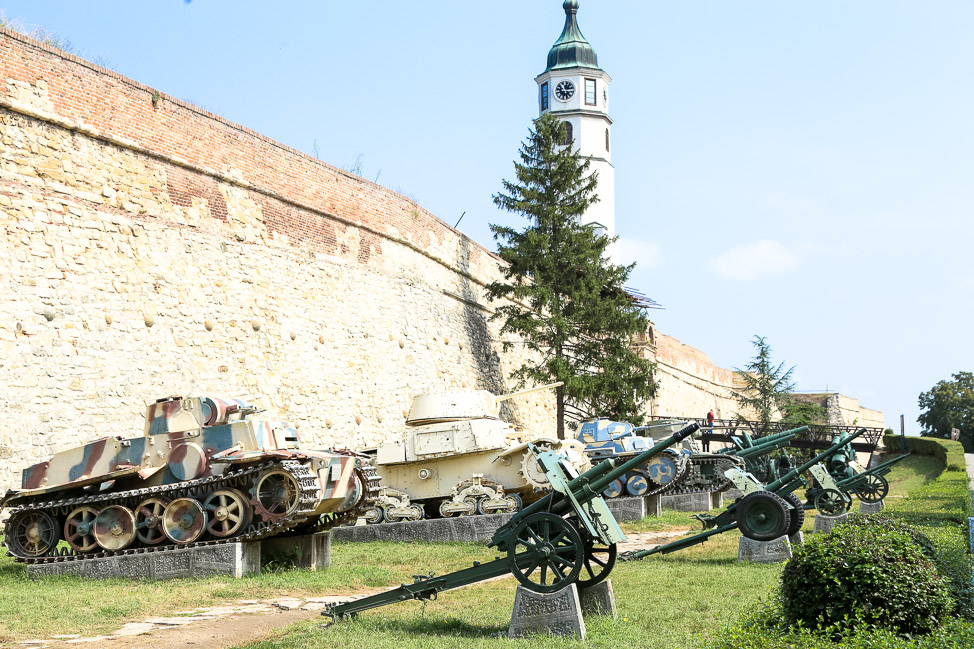
The Belgrade Fortress is mind-blowingly old, having been built in 535. It’s also one of the more expansive fortresses I’ve ever visited, spanning four different sections and requiring a bit of time to see it all.
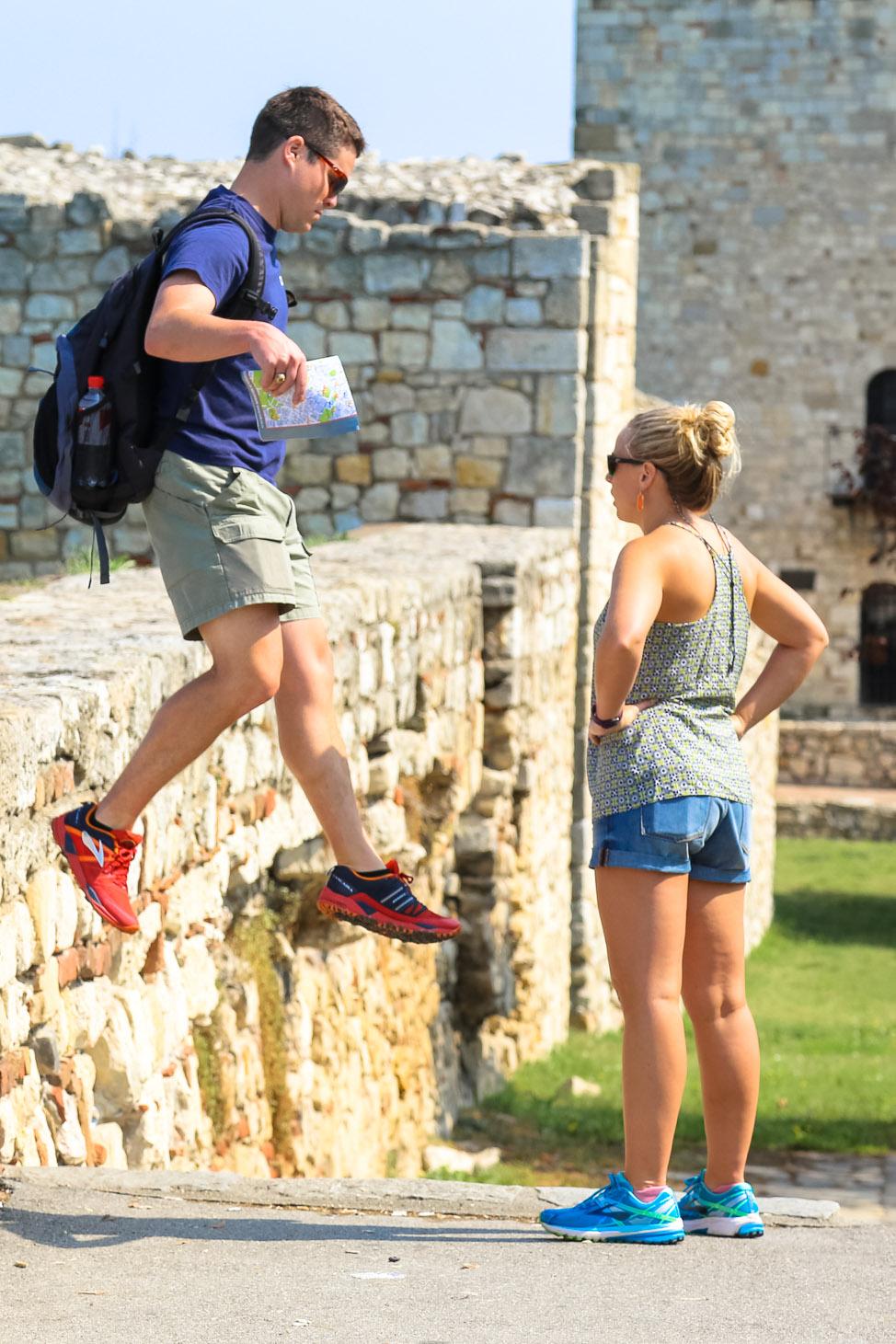

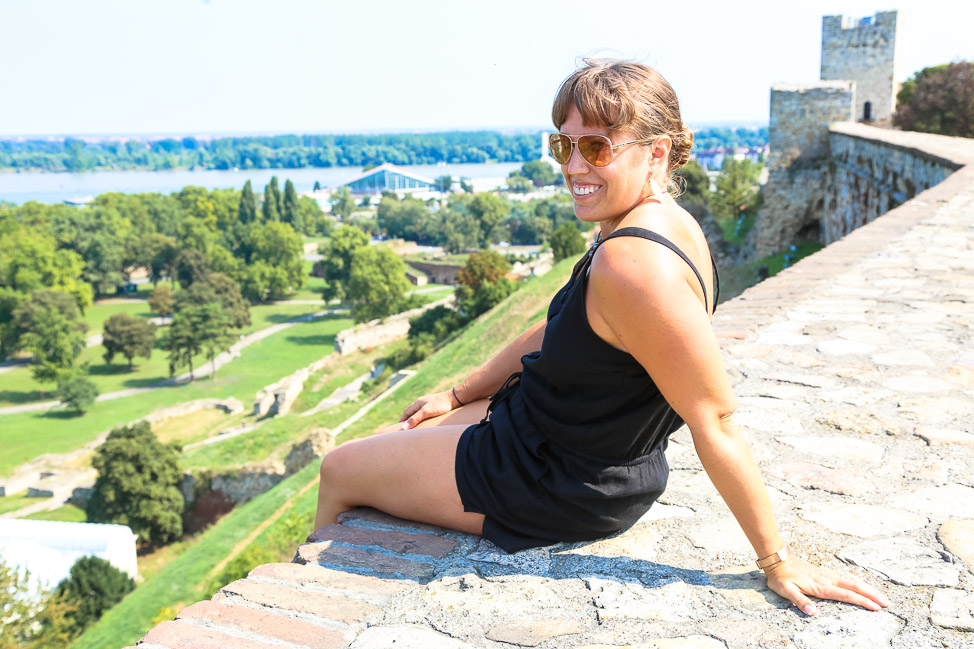
We took an hour from the time we started up the steep incline until we headed back down the other side into the bowels of Belgrade.

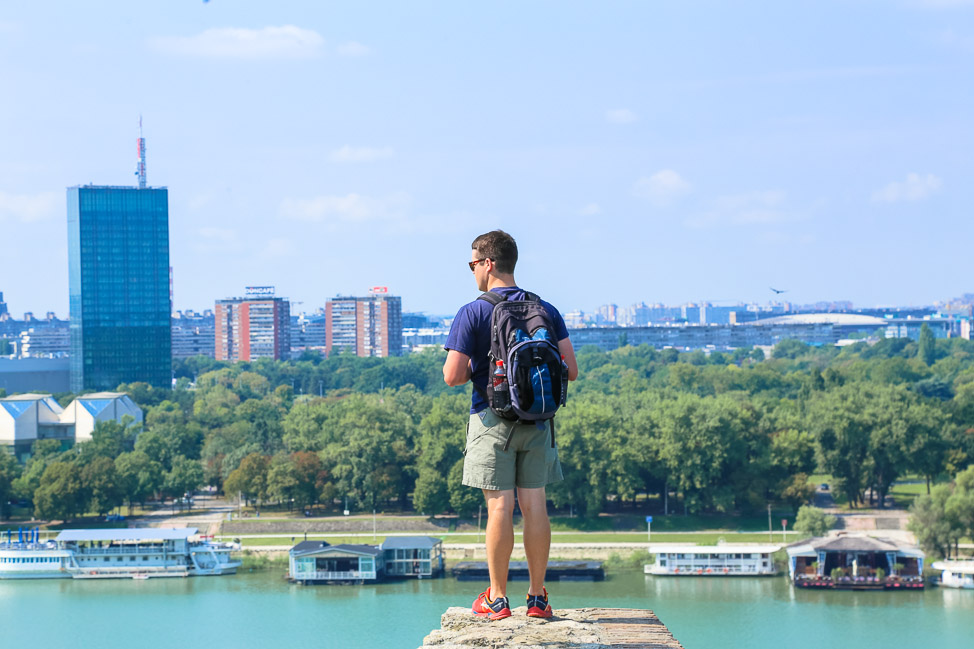
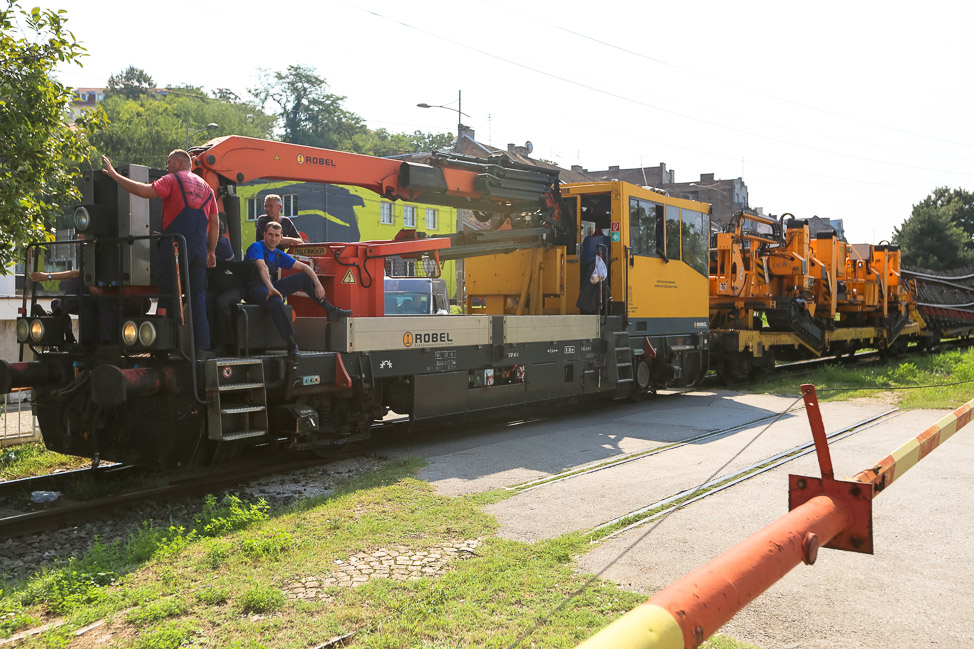
After just a few hours out on foot, we’d already come to think of Belgrade as a tad busy, a wee bit hectic, a sort of “go go go!” energy driving the city. It’s the San Francisco to the sleepier Novi Sad’s Santa Cruz, a fellow waterfront development with a grittier edge and a vibrancy reminiscent of SF in the early 2000s before the tech bros turned it into DoucheTown USA.
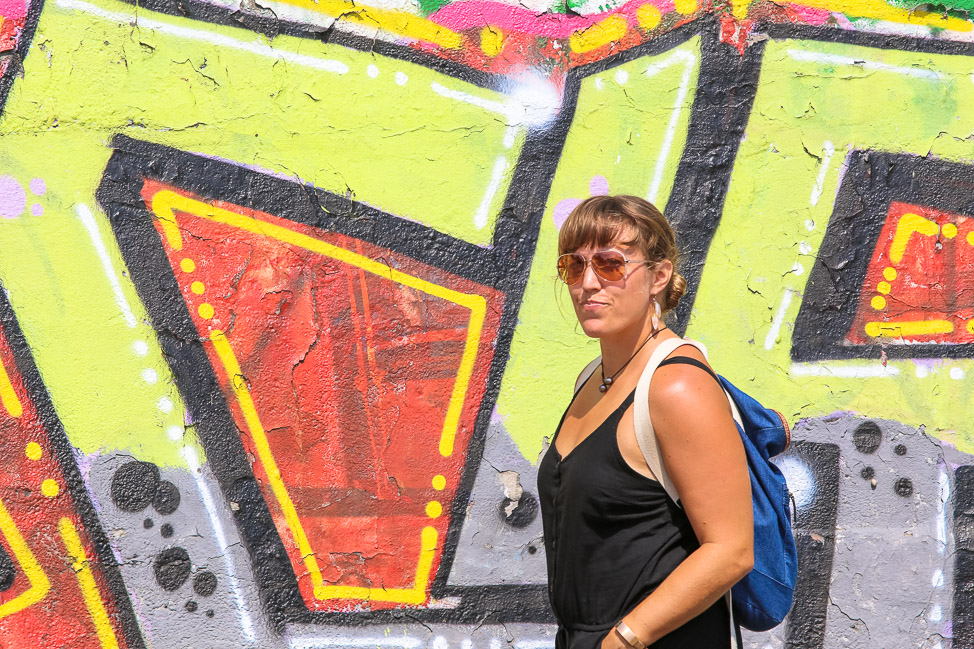
Novi Sad definitely felt cleaner. If I had to describe Belgrade in one word, “gritty” comes to mind. But both SVV and I are drawn to grit—at least when “grit” translates to “artsy,” “lively” and “spirited”—and loved the street art that peppered every last corner of Belgrade.
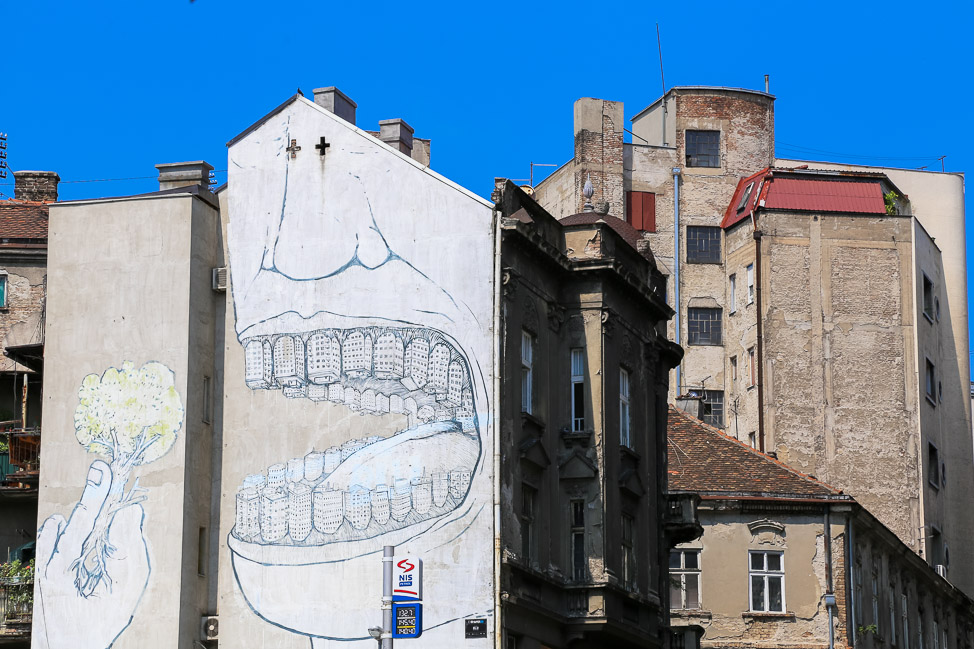
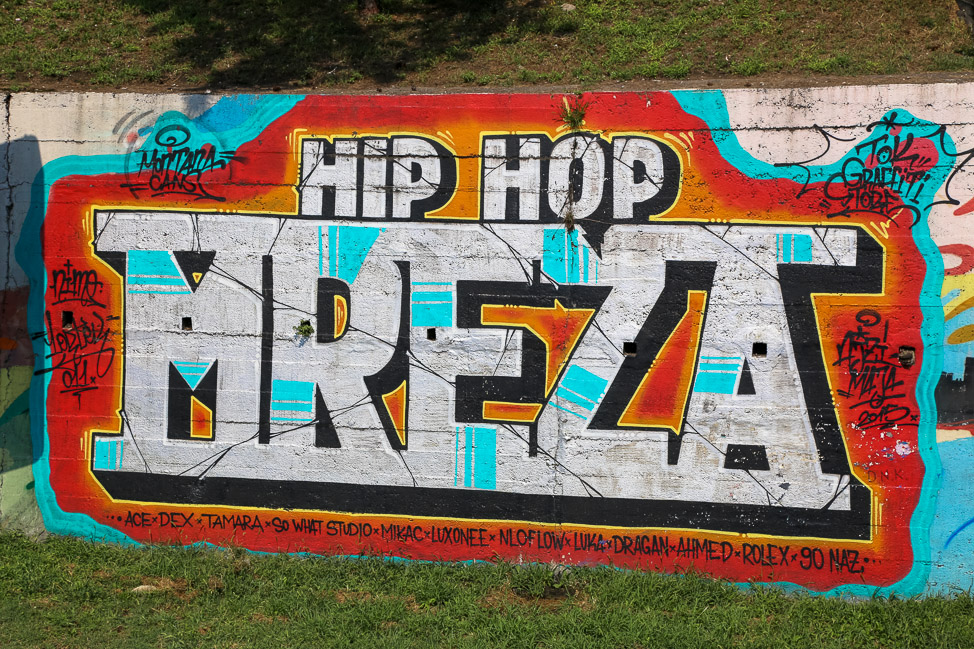
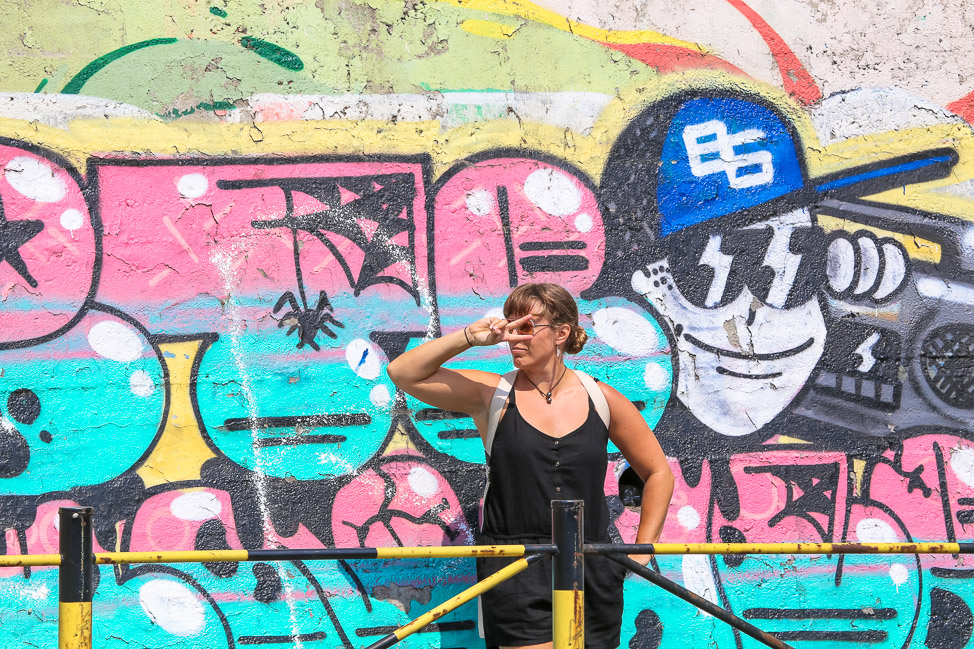
But just like San Francisco, the area close to the waterfront was Castro-like in its artistic flair, whereas the commercial district felt much more stark and austere, not unlike Union Square.
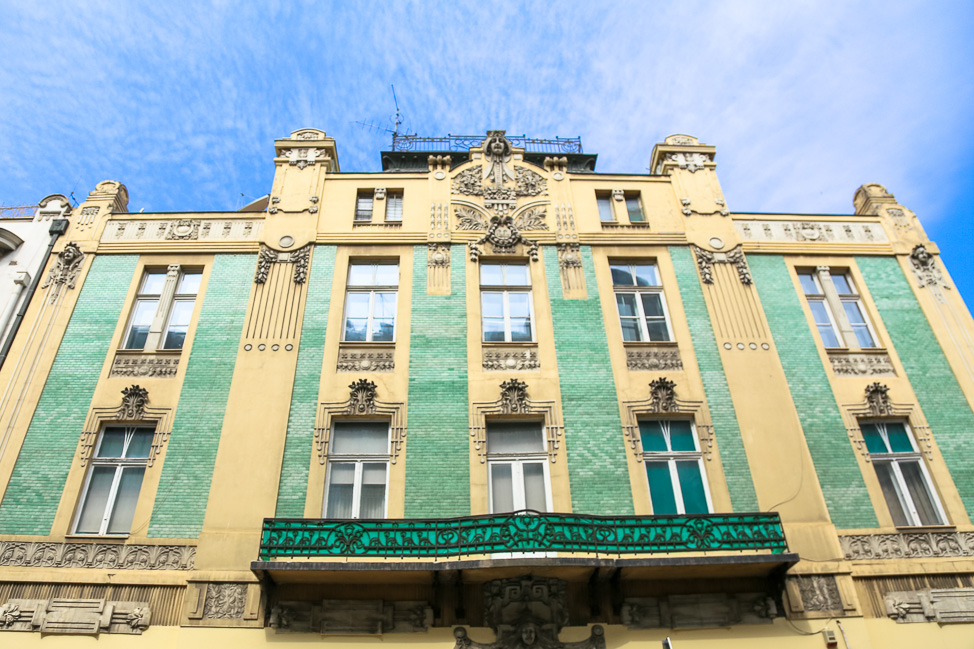
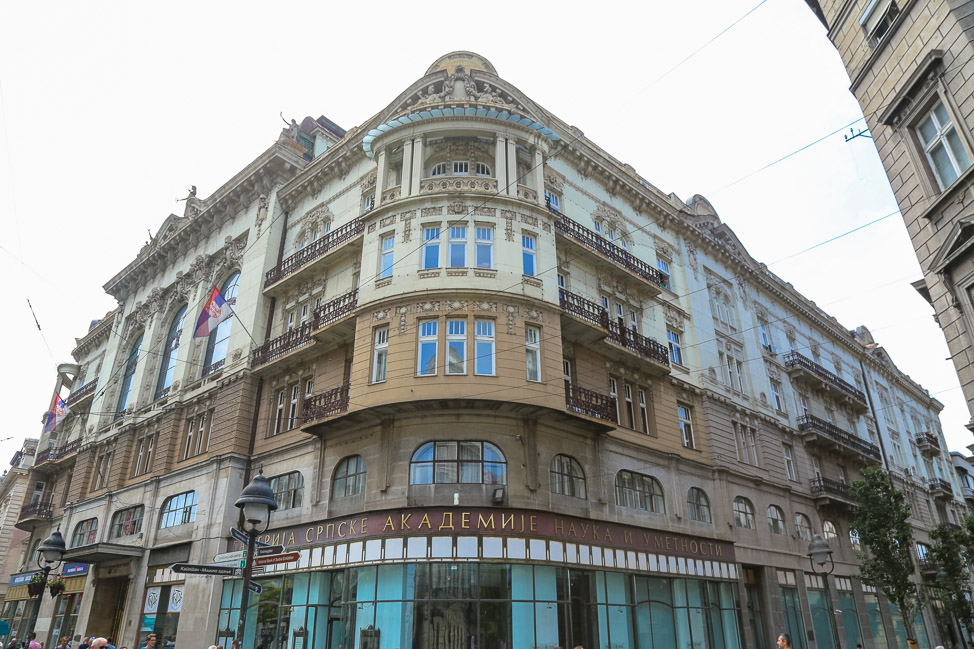
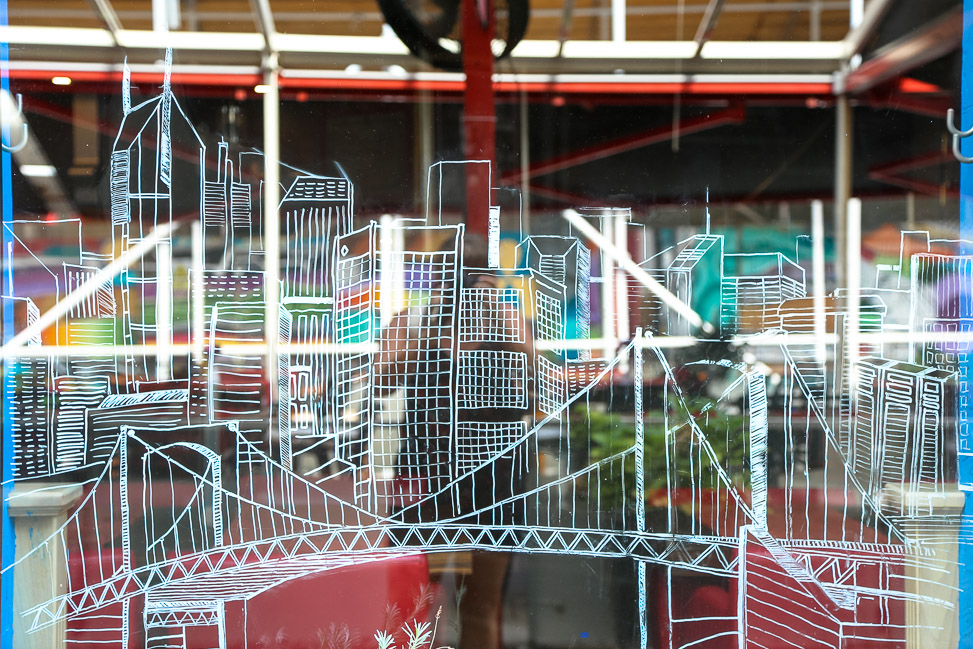

We spent the first half of our quick day in Belgrade walking before returning to our ship for an afternoon bike tour that AmaWaterways had arranged for us. There were so many areas of town, like the Bohemian corridor Skadarlija, that we didn’t make it to, but I’m confident a return is in our near future.
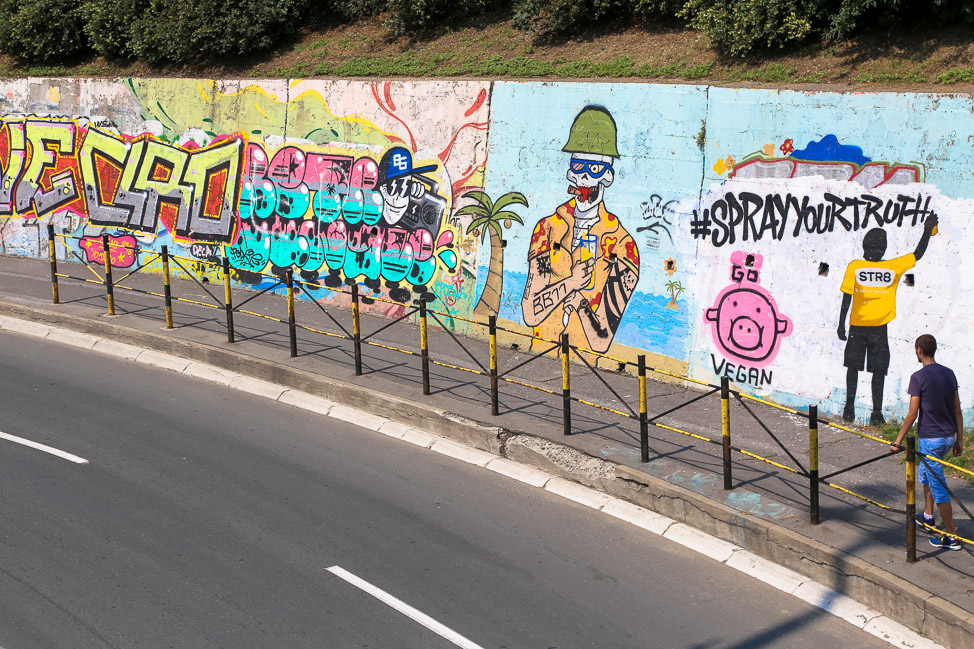
After our few short days in Serbia, SVV and I decided if we were ever to move overseas again for a stint, Belgrade and Novi Sad would be very high on the list of contenders.
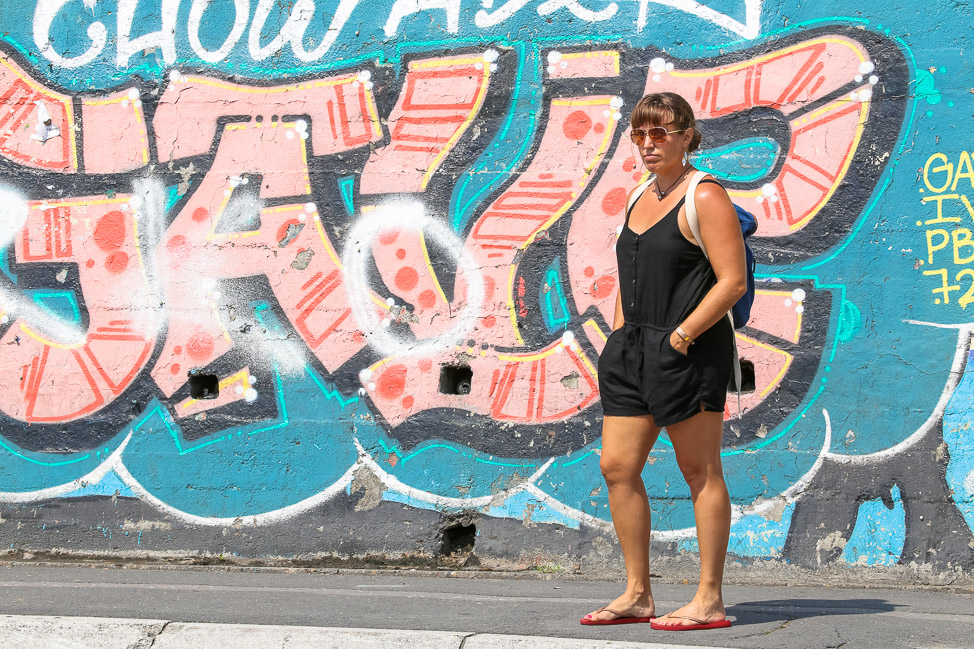
What do you say: Want to join us in the Balkans for an extended stay?
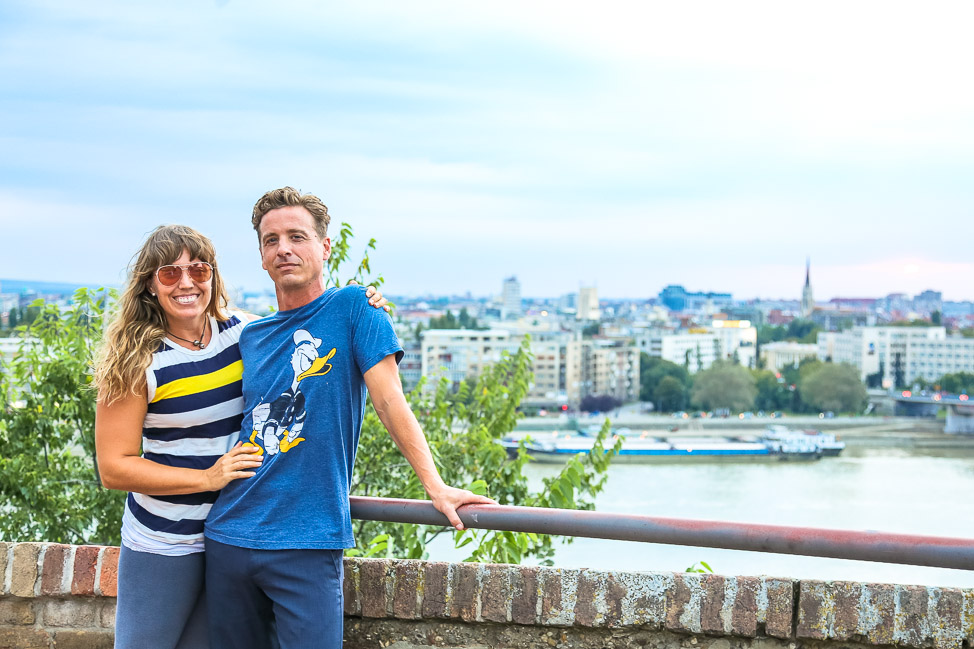
Save
Save
Save
Save
Save
The post Discovering Serbia, the Beating Heart of the Balkans appeared first on Camels & Chocolate.
Source: camelsandchocolate.com

